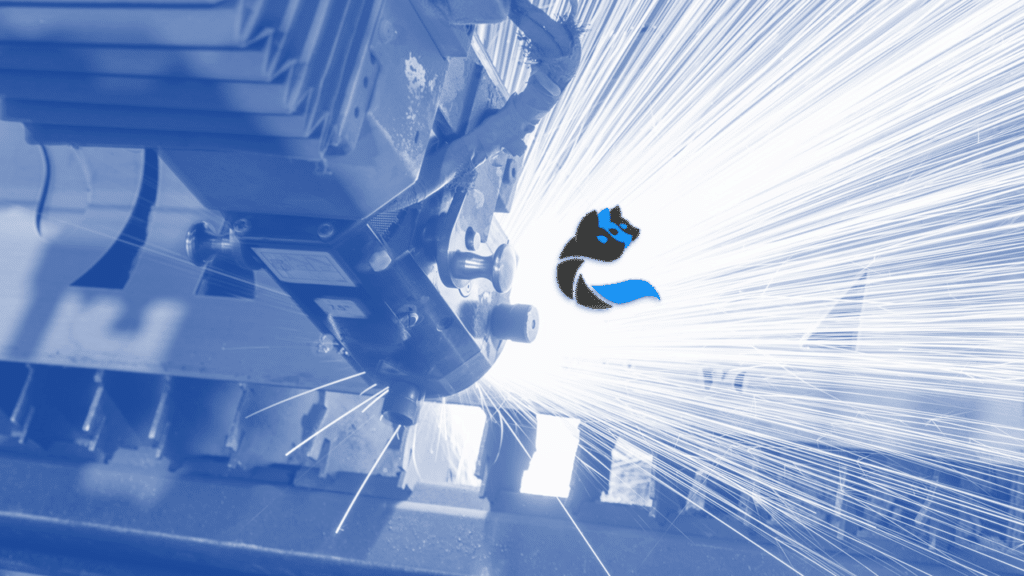When to Use Self-Healing in Test Automation

Self-healing in test automation has become an increasing requirement for teams searching to accelerate the delivery of valuable software.
User interface elements have the tendency to rapidly change, directly impacting the stability of automated tests used to decide to proceed or not with a release.
That’s why it is important to understand when to use self-healing, and when more reliable techniques are available.
Follow Cerberus Testing for more open-source test automation.
The need for self-healing in test automation
The practice of test automation is becoming increasingly important in the software development lifecycle.
One of the key advantages of test automation is that it allows for rapid detection and correction of defects.
This becomes more difficult, however, as user interface elements change rapidly and unexpectedly.
That’s why self-healing tests are so important – they allow automated tests to correct themselves when something goes wrong.
There are situations when self-healing tests are appropriate and other cases require the use of different techniques.
Use self-healing for non-regression of interfaces
Self-healing tests are best used when the test environment is subject to change.
For example, if you are testing a web application, the HTML code of the pages you are testing may change frequently.
If your test automation suite is not able to adapt to these changes, it will quickly become outdated and unreliable.
Self-healing test automation can help to overcome this problem by automatically correcting test scripts when the environment changes.
Use self-healing that you are able to implement
Systems that correct themselves are like a dream, but things rarely work that easily.
Self-healing has multiple implementation with different assumptions:
- Statistical algorithms will try to find the element with calculation on the differences between previous and the actual locators
- Data science algorithms require historical data to build models that can be used later on to find the element updated location
- Visual algorithms will try to recognize the element within the page with an approximate rate of detection.
One important assumption to assess in your context is the implementation viability of the self-healing solution.
If you are expecting to deploy a data science solution, be sure to have historical data and a capability to integrate the solution through API in your solution.
If you are looking to use visual algorithms, assess the degree of visual changes, because it will fail passing certain ratios.
And in particular cases, self-healing is the wrong solution to your problem.
Use the right solution for the right problem
However, self-healing test automation is not a panacea. There are certain situations where it is not appropriate or effective.
One such situation is when testing for compatibility with different browsers or devices.
In these cases, it is usually better to use test automation that is specifically designed for compatibility testing.
Another situation where self-healing test automation is not appropriate is when the test environment is stable and does not change frequently.
In this case, it is usually better to use a more traditional test automation approach.
Invest in stable locators in the first place
One issue raising the need for self-healing is the lack of stable locators for graphical elements that are rapidly changing.
We can question, why not have stable locators for these elements?
That’s a good point. A good practice from the community is to add specific attributes to elements that are used regularly for main user interactions.
This solution enables engineering and testing teams to collaborate on a shared set of locators that will change only if the user flow changes, not for minor adaptations.
Most of the teams can have significant benefits from defining stable locators, as they will also increase the collaboration within cross-functional teams.
Self-healing in test automation is not a silver bullet
In conclusion, self-healing test automation can be a useful tool in the software development process.
It is, however, important to understand when it is appropriate to use self-healing test automation and when other approaches are more effective.
By understanding the strengths and limitations of self-healing test automation, you can ensure that your test suite is reliable and up-to-date.
Cerberus Testing supports the different approach mentioned, with statistical self-healing, a library of locators or cross-browser testing actions.
Ready to increase your experience with self-healing?